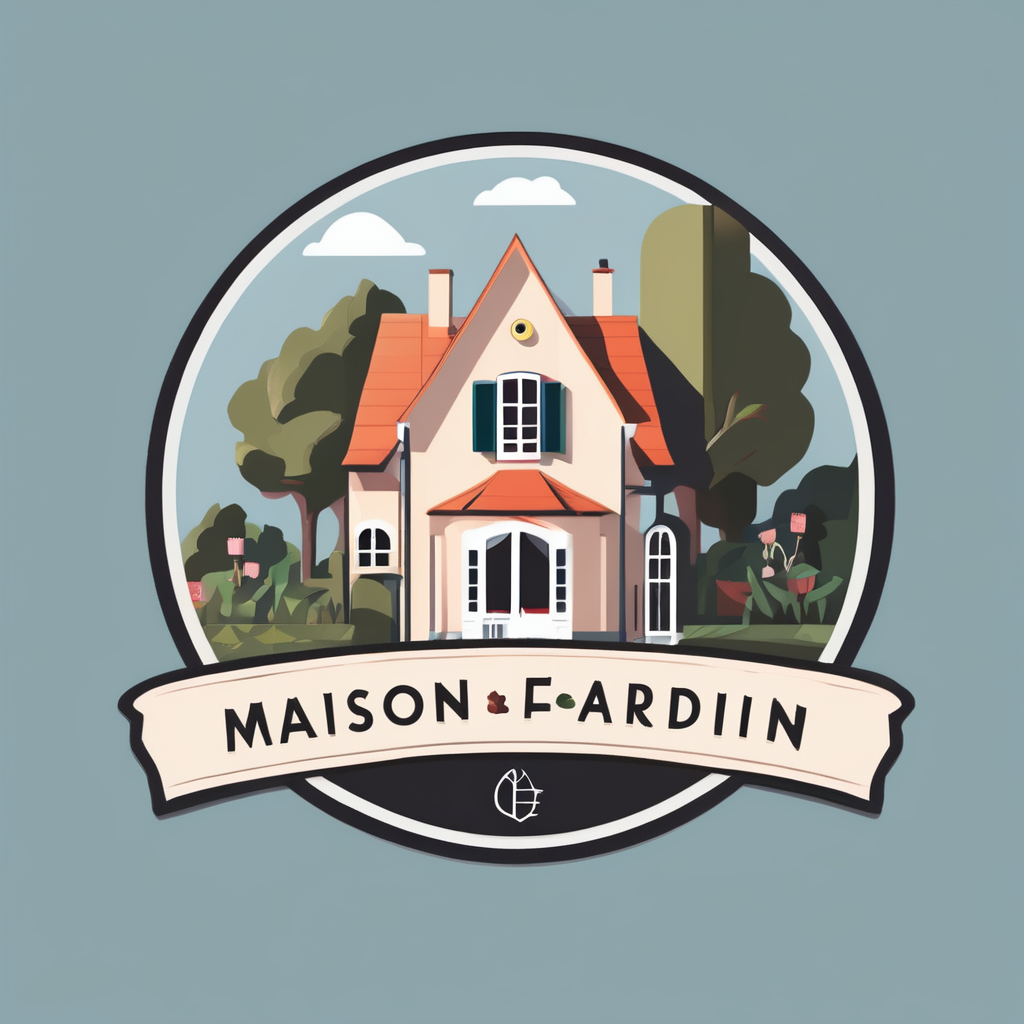Understanding Eco-Friendly Living Rooms
Crafting a sustainable living room is not just a trend; it is an essential step towards fostering a more balanced ecosystem. While many are pursuing eco-friendly design, it’s crucial to first understand the vast benefits of such transitions. Firstly, adopting an eco-friendly design directly supports green living by reducing carbon footprints. Many homeowners find the aesthetic to be more calming and naturally integrated, which can enhance quality of life and mood.
When transforming your living space, consider materials that embody sustainability without compromising style. Sustainable materials offer numerous options: not only are they eco-friendly, but they also deliver unique charms to any living space. Choosing pieces made from natural resources like bamboo or reclaimed wood can transform your area into a sanctuary of nature-inspired elegance.
Also to discover : Revamp Your Cumbrian Cottage: Crafting a Chic & Durable Boot Room – A Stylish Makeover Guide
Furthermore, aligning your decor with eco-friendly principles benefits both the environment and household health. Non-toxic materials foster healthier indoor atmospheres, reducing allergens and leading to a cleaner breathing space. Ultimately, this holistic approach to home design creates inviting, modern spaces while contributing to global environmental efforts.
Choosing Sustainable Materials
Creating a truly sustainable living room starts with the thoughtful selection of eco-friendly materials. These choices are pivotal in achieving an eco-friendly design that supports both personal well-being and broader environmental goals.
This might interest you : Revamp Your Sunderland Garden: Innovative Ideas for Creating a Vegetable Patch
Types of Sustainable Materials
- Bamboo: Known for its rapid growth, bamboo is an excellent choice for flooring and furniture. It provides durability with a sleek design, making it both practical and aesthetically pleasing.
- Reclaimed Wood: This material not only adds character with its unique grain and history but also promotes recycling by reducing waste. Ideal for furniture, it maintains a rustic charm while being environmentally responsible.
- Natural Textiles: Opt for organic cotton and hemp when choosing fabrics for your living room. These materials are grown without harsh chemicals, contributing to a healthier home environment.
Benefits of Using Sustainable Materials
Opting for sustainable materials can significantly lower your environmental impact. Specifically, they reduce the toxic load from synthetic substances, benefiting your health. Natural materials often boast superior aesthetic appeal, bringing warmth and texture that enhance the inviting nature of any living space. By integrating them, you’re actively participating in green living, nurturing both your household and the planet.
Sources for Sustainable Materials in Leeds
For those seeking eco-friendly products in Leeds, numerous local retailers offer sustainable options, alongside online platforms and community initiatives that bring accessibility and convenience to your eco-conscious journey.
Eco-Friendly Design Ideas
Embracing eco-friendly decor doesn’t mean sacrificing style. It’s all about creatively incorporating sustainable interior design elements that resonate with your personal flair. Begin with color palettes inspired by nature. Think earthy tones—greens, browns, and blues—to cultivate tranquility and bring the outdoors in without stepping outside.
Incorporating plants transforms your space into a natural sanctuary. Beyond aesthetics, they’re excellent natural air purifiers, absorbing toxins and releasing oxygen. Consider species like spider plants or peace lilies that thrive indoors with minimal care. Position them near windows or as a vibrant centrepiece to breathe life into any room.
Get inventive with upcycled decor items. Transform old jars into vases or light fixtures. Not only do these creative touches bring unique charm, but they also extend the life of materials otherwise destined for landfill. The beauty of upcycling lies in its versatility—each project breathes new life into your decor while adhering to your green home aesthetics.
Maximising eco-friendly principles through design not only elevates your living room’s look but enhances its functionality, promoting a sustainable lifestyle seamlessly woven into your daily routine.
DIY Projects for Your Living Room
Crafting an eco-friendly environment doesn’t stop at buying sustainable goods; it extends to personal engagement through DIY home renovation. Adopting eco-friendly DIY projects is a rewarding way to combine creativity and sustainability, ensuring personalized decor. Begin with simple sustainable home projects like creating a coffee table using reclaimed materials. Not only is this practical and stylish, but it also underscores a commitment to reducing waste.
Simple DIY Furniture Projects
- Transform old pallets into shelves, offering a rustic yet contemporary vibe.
- Upcycle outdated furniture with eco-friendly finishes to give pieces a fresh look with minimal environmental impact.
Decorative DIY Projects
Incorporate natural elements into wall art to reinforce a connection with nature. Craft cushions using sustainable fabrics, such as organic cotton, to add comfort and sustainability to your decor. Additionally, design your lighting with eco-friendly components, like LED bulbs, which deliver energy efficiency alongside creative appeal.
Tips for Successful DIY Projects
Gather appropriate tools and ensure reclaimed items are safe for use. Prioritise best practices, ensuring that every project aligns with sustainable objectives. Remember, your hands-on approach not only beautifies your space but reinforces a broader green living ethos.
Benefits of Eco-Friendly Living
Embracing an eco-friendly living environment yields numerous advantages, extending beyond just personal spaces to impact communities positively. One of the significant eco-friendly living benefits is the potential for long-term cost savings. By incorporating energy-efficient designs and appliances, homeowners can substantially reduce utility expenses over time. This fiscal prudence aligns well with a sustainable lifestyle, offering economic benefits alongside environmental responsibility.
In terms of personal well-being, an eco-friendly living space enhances health through the use of natural, non-toxic materials. These choices can lead to improved indoor air quality, reducing allergens and harmful chemicals, thus fostering a healthier family life. Moreover, the inclusion of sustainable materials, like natural textiles and organic products, creates a calming atmosphere that can boost mental and emotional well-being.
On a broader scale, adopting green living practices contributes to community health and environmental sustainability. As more households integrate eco-friendly design elements, this collective effort helps decrease pollution and conserve resources. Ultimately, eco-friendly living represents a path towards personal, financial, and communal growth, making it an essential component of contemporary, mindful living.

